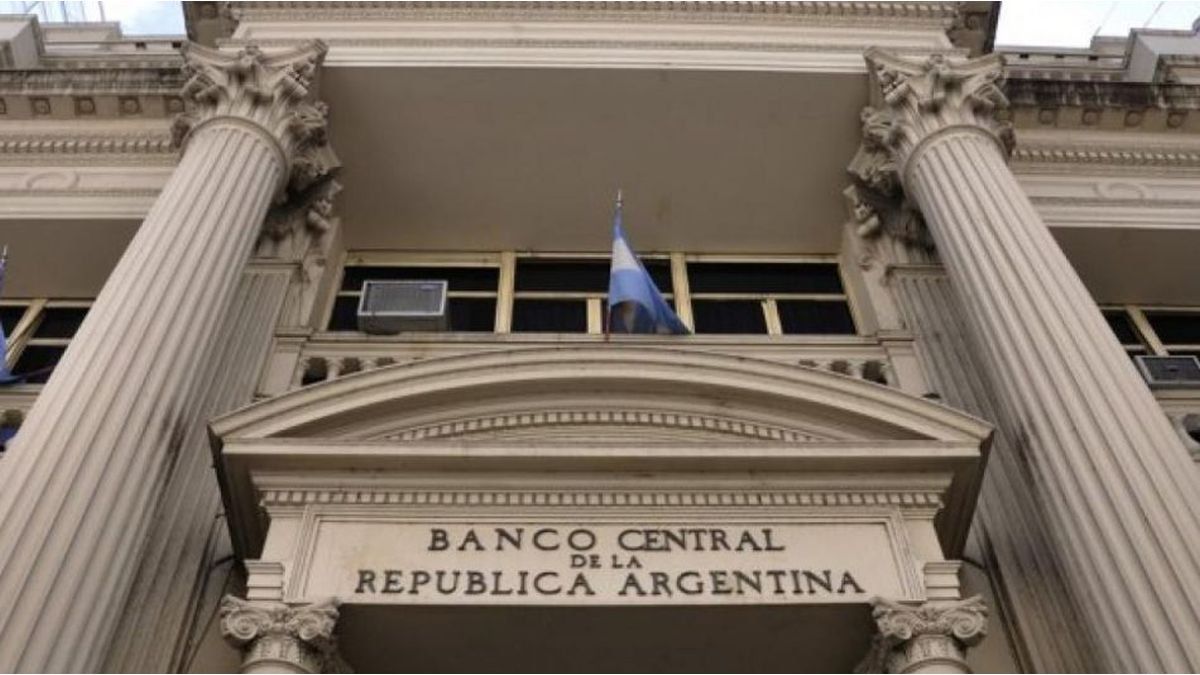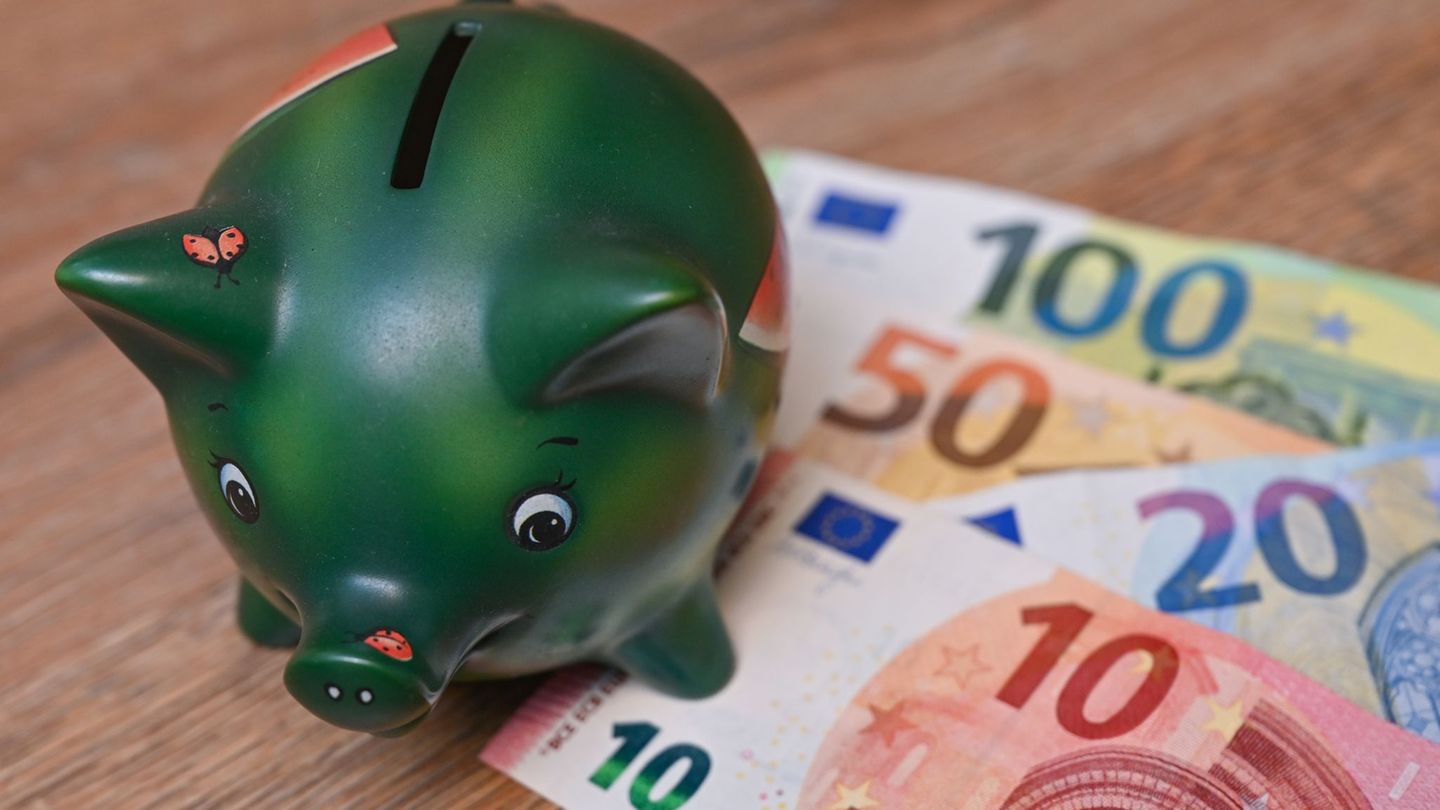Within the framework of the government transition that is taking place in Argentina, the Central Bank (BCRA) is evaluating implementing a new increase in the yield of fixed terms.
Within the framework of the presidential transition, the Directory of the Central Bank (BCRA) analyzes implementing a new increase in monetary policy rates (including the fixed-term rate) this Thursday, according to what was learned Ambit. This occurs 17 days after the transfer of command between Alberto Fernández and Javier Milei. What are the reasons and by how much will it increase?
The content you want to access is exclusive to subscribers.
He central bank increased, in mid-October, interest rates for fixed-term deposits. In this sense, the Annual Nominal Rate (TNA) increased to 133%, while the Annual Effective Rate (TEA) is 253%. Now, a new upward adjustment is proposed.


“As Milei is the elected president, the rate hike should be attractive enough to take the risk of not dollarizing in the face of an imminent devaluation by the next government and of being trapped in a type of “Bonex Plan”, although the president-elect maintained that he will not do so,” he points out. the economist Pablo Ferrari. And, while he acknowledges he can’t risk a number, he says that, relatively speaking, the increase is probably very significant.
How much will the BCRA raise the rate?
And the exact data of how much could they raise itbut, when it comes to taking risks, analyst Salvador Di Stefano considers that he considers that They could take it to an annual nominal rate of 140%which represents a adjustment of 700 basis points (or 7 percentage points)with an annual effective return on the fixed term of 11.66% and a monthly effective rate (TEA) of 275.9%.
“This would be a very big prize for savers because it would cover the inflation expected for November and help put a stop to financial and blue dollars, which are rising in recent days,” says Di Stefano.
Note in progress.-
Source: Ambito




